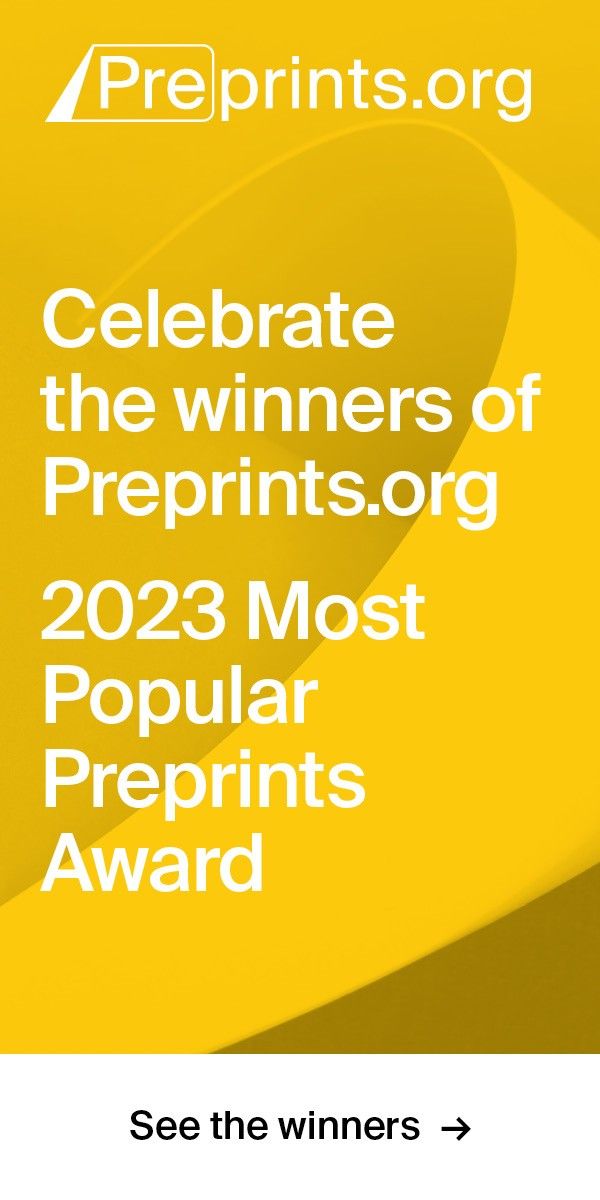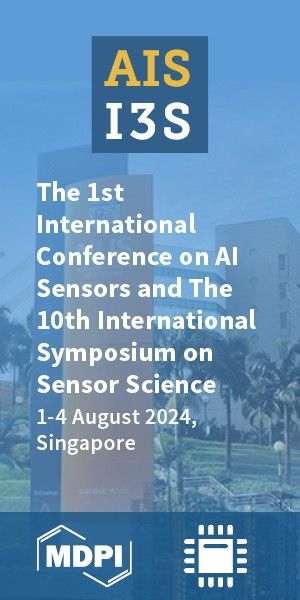Article
Version 1
Preserved in Portico This version is not peer-reviewed
Nighttime Lights and County-Level Economic Activity in the United States: 2001 to 2019
Version 1
: Received: 13 May 2021 / Approved: 14 May 2021 / Online: 14 May 2021 (17:10:27 CEST)
A peer-reviewed article of this Preprint also exists.
Gibson, J.; Boe-Gibson, G. Nighttime Lights and County-Level Economic Activity in the United States: 2001 to 2019. Remote Sens. 2021, 13, 2741. Gibson, J.; Boe-Gibson, G. Nighttime Lights and County-Level Economic Activity in the United States: 2001 to 2019. Remote Sens. 2021, 13, 2741.
Abstract
Nighttime lights (NTL) are a popular type of data for evaluating economic performance of regions and economic impacts of various shocks and interventions. Several validation studies use traditional statistics on economic activity like national or regional Gross Domestic Product (GDP) as a benchmark to evaluate the usefulness of NTL data. Many of these studies rely on dated and imprecise Defence Meteorological Satellite Program (DMSP) data and use aggregated units such as nation-states or the first sub-national level. Yet applied researchers who draw support from validation studies to justify their use of NTL data as a proxy for economic activity increasingly focus on smaller and lower level spatial units. This study uses a 2001-19 time-series of GDP for over 3100 US counties as a benchmark to examine the usefulness of the recently released version 2 VIIRS nighttime lights (V.2 VNL) products as proxies for local economic activity. Contrasts are made between cross-sectional predictions for GDP differences between areas and time-series predictions of GDP changes within areas. Disaggregated GDP data for various industries are used to examine what types of economic activity are best proxied by NTL data and comparisons are also made with the predictive performance of earlier NTL data products.
Keywords
VIIRS; DMSP; GDP; nighttime lights; cross-sectional; time-series; economic statistics
Subject
Business, Economics and Management, Accounting and Taxation
Copyright: This is an open access article distributed under the Creative Commons Attribution License which permits unrestricted use, distribution, and reproduction in any medium, provided the original work is properly cited.
Comments (0)
We encourage comments and feedback from a broad range of readers. See criteria for comments and our Diversity statement.
Leave a public commentSend a private comment to the author(s)
* All users must log in before leaving a comment






